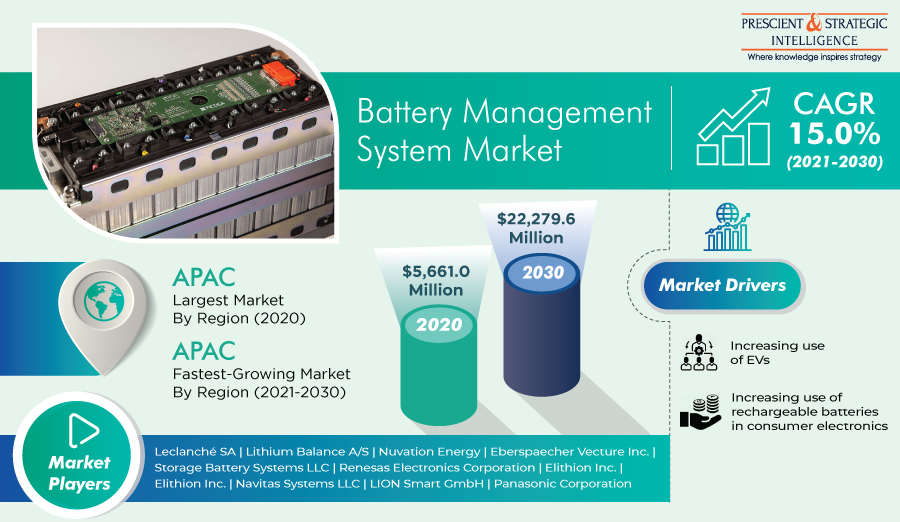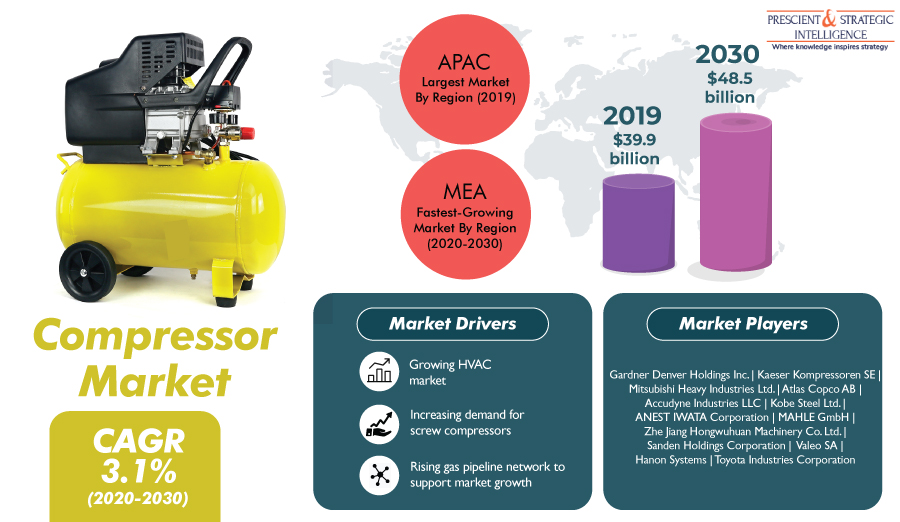Due to the burgeoning requirement for high-speed network, surging mobile data traffic, and the increasing penetration of the 5G network, the global 5G network slicing market is exhibiting huge expansion. 5G network slice is basically a networking architecture that uses software-defined networking (SDN) and network functions virtualization (NFV) for breaking the physical infrastructure into different virtual networks.
With the help of the 5G network slice, telecom operators can allocate resources to a particular slice, according to the requirements. The mushrooming mobile data traffic is one of the major growth drivers of the 5G network slicing market. With the increasing usage of smartphones and the advent of high-speed network services, the usage of mobile data is rising sharply across the world.

According to GSMA (Global System for Mobile Communications Association) Intelligence, the worldwide smartphone penetration is predicted to grow from 65% to 80% from 2019 to the end of 2025. The soaring requirement for professional services such as integration, security, and consulting for network management in order to comply with the government regulations.
When application is taken into consideration, the market is categorized into asset management, remote monitoring, supply chain management, network monitoring, and real-time streaming. Out of these, the remote monitoring category contributed the highest revenue to the market in 2019, as per the observations of P&S Intelligence, a market research company based in India.
Geographically, North America dominated the 5G network slicing market in 2019, and this trend will continue in the coming years as well. This is ascribed to the growing 5G penetration in the region. According to the GSMA Intelligence, 5G technology will account for 46% of the total connections in the region by the end of 2025. Moreover, the surging information technology (IT) spending and the existence of several industry players are also fueling the market expansion in this region.
Hence, it can be said with surety that the market will boom in the forthcoming years, primarily because of the increasing usage of smartphones and mobile data traffic, surging adoption of the 5G technology, and soaring demand for high-speed network all over the world.








